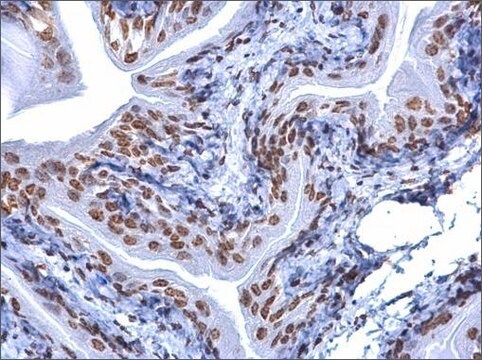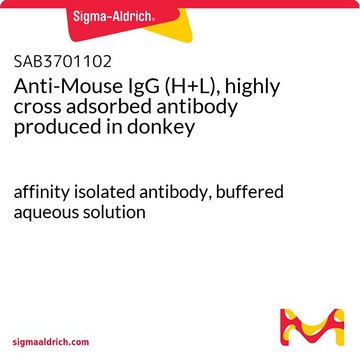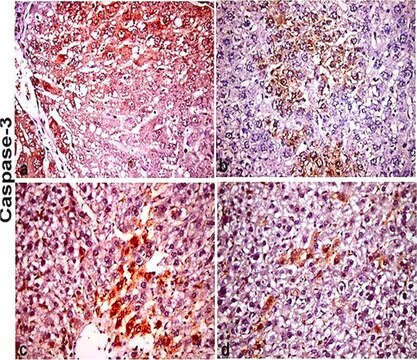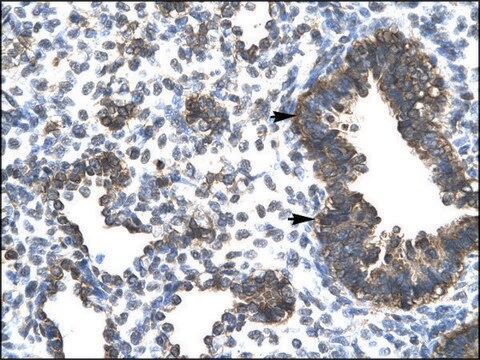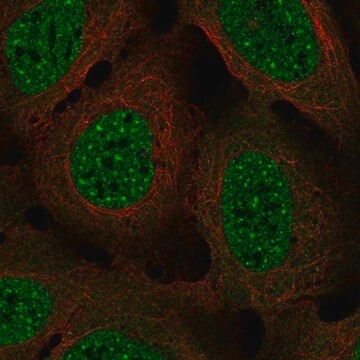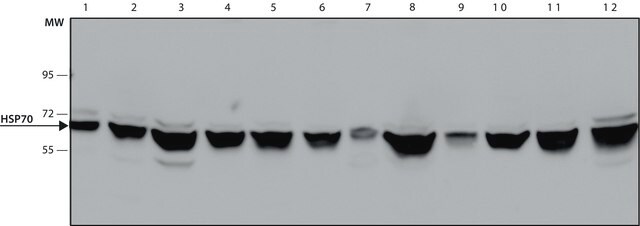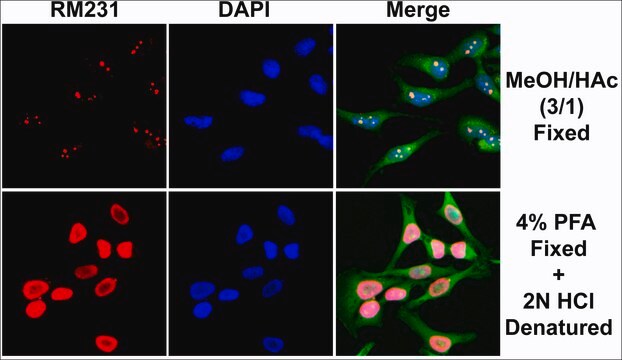SAB3701079
Anti-Mouse IgG (H+L) antibody produced in rabbit
affinity isolated antibody, buffered aqueous solution
Sign Into View Organizational & Contract Pricing
All Photos(1)
About This Item
UNSPSC Code:
12352203
NACRES:
NA.46
Recommended Products
biological source
rabbit
Quality Level
conjugate
unconjugated
antibody form
affinity isolated antibody
antibody product type
secondary antibodies
clone
polyclonal
form
buffered aqueous solution
species reactivity
mouse
concentration
1.95 mg/mL
technique(s)
immunohistochemistry: suitable
indirect ELISA: suitable
western blot: suitable
shipped in
wet ice
storage temp.
2-8°C
target post-translational modification
unmodified
Related Categories
General description
Immunoglobulin G (IgG) belongs to the immunoglobulin family and is a widely expressed serum antibody. It consists of a γ heavy chain in the constant (C) region. The monomeric 150kDa structure of IgG constitutes two identical heavy chains and two identical light chains with molecular weight of 50kDa and 25kDa, respectively. The primary structure of this antibody also contains disulfide bonds involved in linking the two heavy chains, linking the heavy and light chains and resides inside the chains. IgG is further subdivided into four classes namely, IgG1, IgG2, IgG3, and IgG4 with different heavy chains, named γ1, γ2, γ3, and γ4, respectively. Limited digestion using papain cleaves the antibody into three fragments, two of which are identical (called Fab fragments) and contain the antigen-binding activity. The third fragment (called Fc fragment) does not possess antigen-binding activity, but binds to cells and effector molecules. Maternal IgG is the only antibody transported across the placenta to the fetus. It passively immunizes the infants.
Specificity
This product was prepared from monospecific antiserum by immunoaffinity chromatography using Mouse IgG coupled to agarose. Assay by immunoelectrophoresis resulted in a single precipitin arc against Anti-Rabbit Serum, Mouse IgG and Mouse Serum.
Immunogen
Mouse IgG whole molecule
Physical properties
Antibody format: IgG
Physical form
Supplied in 0.02 M Potassium Phosphate, 0.15 M Sodium Chloride, pH 7.2
Disclaimer
Unless otherwise stated in our catalog or other company documentation accompanying the product(s), our products are intended for research use only and are not to be used for any other purpose, which includes but is not limited to, unauthorized commercial uses, in vitro diagnostic uses, ex vivo or in vivo therapeutic uses or any type of consumption or application to humans or animals.
Not finding the right product?
Try our Product Selector Tool.
Storage Class Code
10 - Combustible liquids
Flash Point(F)
Not applicable
Flash Point(C)
Not applicable
Choose from one of the most recent versions:
Already Own This Product?
Find documentation for the products that you have recently purchased in the Document Library.
Janeway CR
Immunobiology (2001)
Human placental Fc receptors and the transmission of antibodies from mother to fetus.
Simister NE and Story CM
Journal of Reproductive Immunology (1997)
Antibody structure, instability, and formulation.
Wang W
Journal of Pharmaceutical Sciences (2007)
Ranadhir Dey et al.
Journal of immunology (Baltimore, Md. : 1950), 193(7), 3513-3527 (2014-08-27)
Previously, we showed that genetically modified live-attenuated Leishmania donovani parasite cell lines (LdCen(-/-) and Ldp27(-/-)) induce a strong cellular immunity and provide protection against visceral leishmaniasis in mice. In this study, we explored the mechanism of cross-protection against cutaneous lesion-causing
Jiraporn Jirakkakul et al.
FEMS microbiology letters, 362(2), 1-8 (2015-02-12)
Iron is an essential element for life. However, the iron overload can be toxic. Here, we investigated the significant increase of tenellin and iron-tenellin complex production in ferricrocin-deficient mutants of Beauveria bassiana. Our chemical analysis indicated that the ferricrocin-deficient mutants
Global Trade Item Number
| SKU | GTIN |
|---|---|
| SAB3701079-2MG | 4061838356482 |
Our team of scientists has experience in all areas of research including Life Science, Material Science, Chemical Synthesis, Chromatography, Analytical and many others.
Contact Technical Service